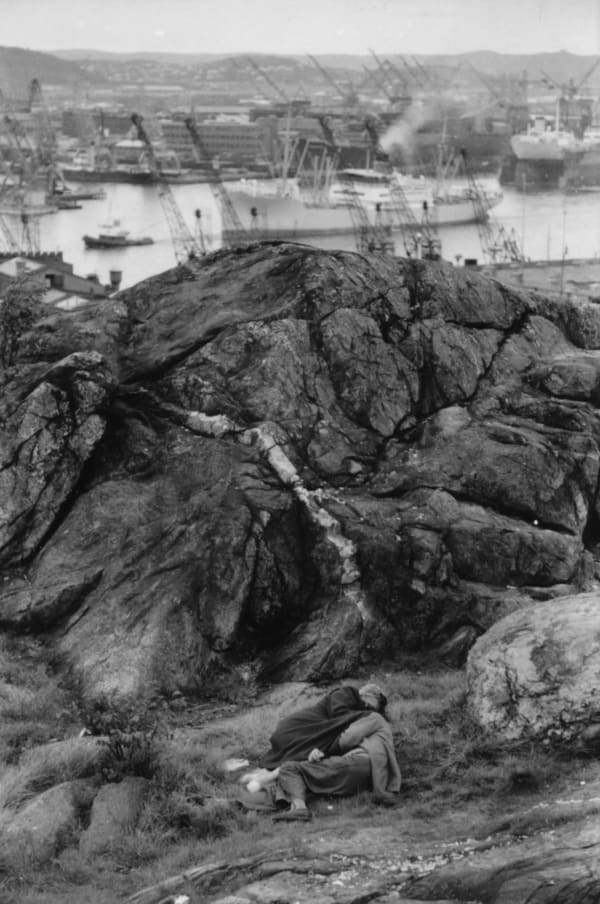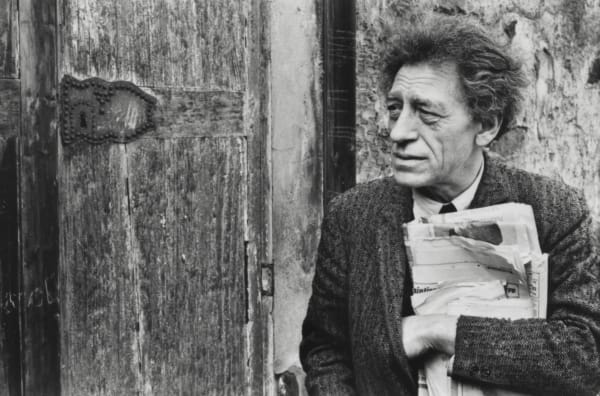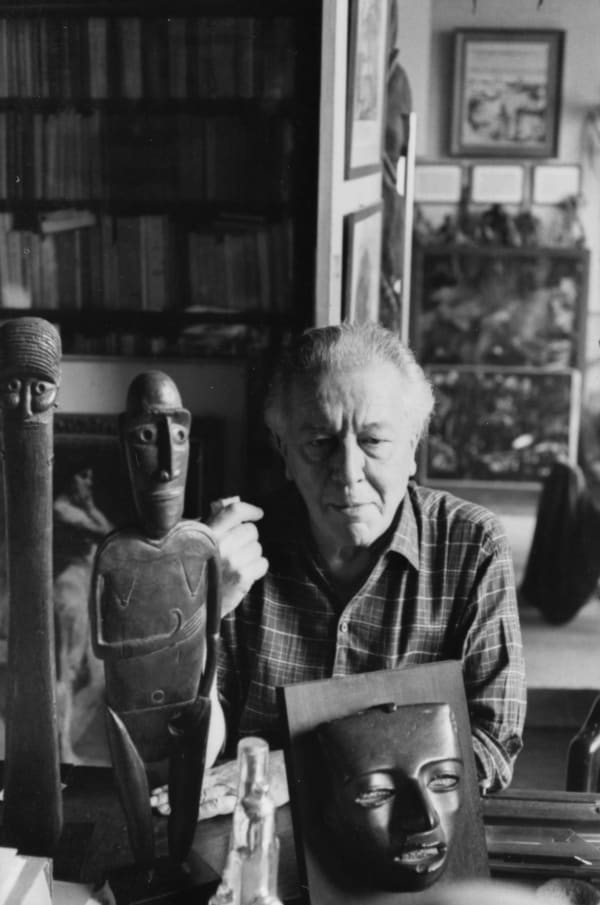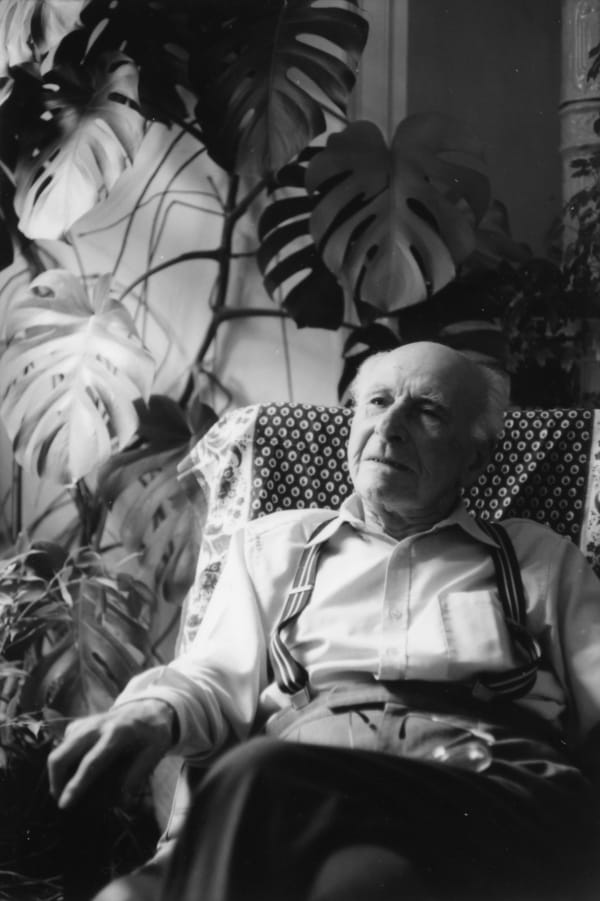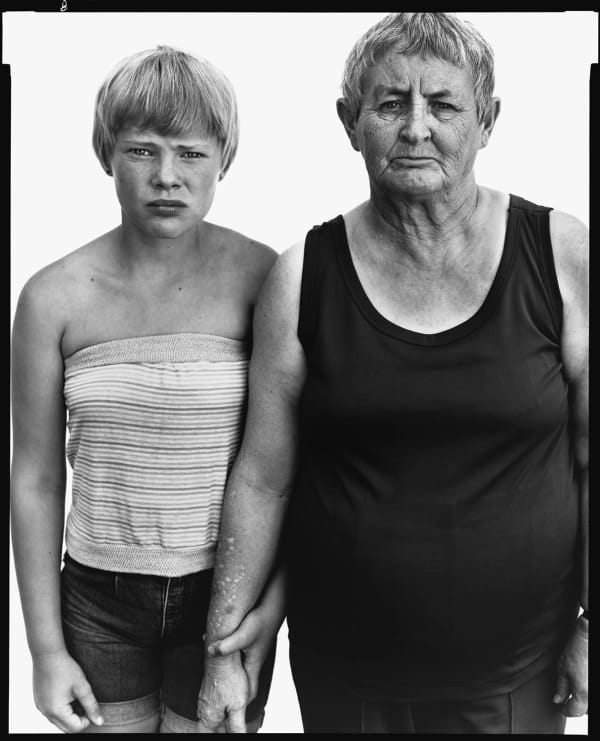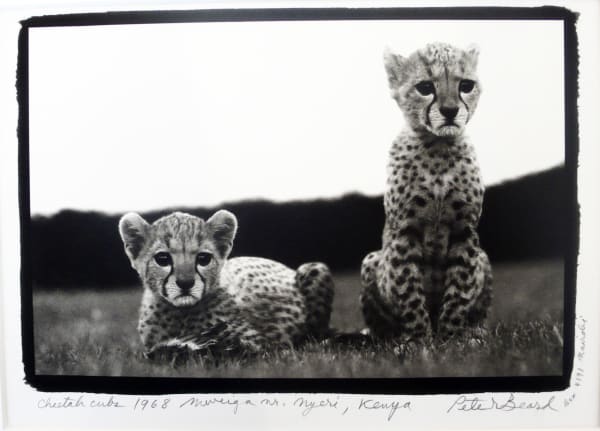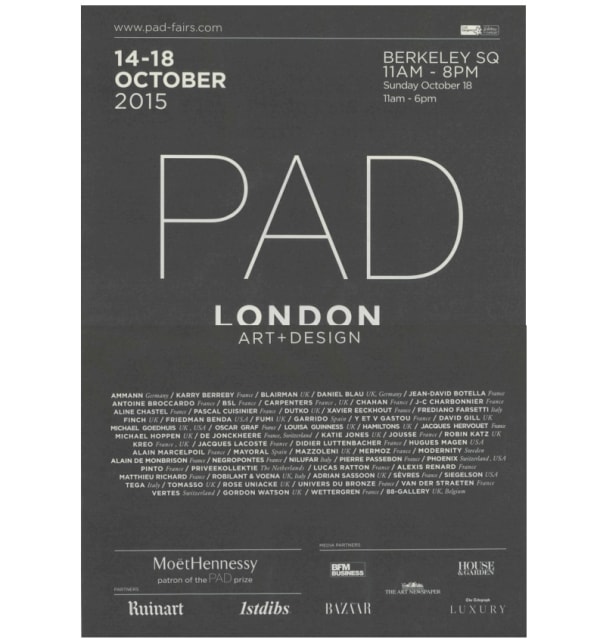Works
-
 Rue Mouffetard, Paris, 1954
Rue Mouffetard, Paris, 1954 -
 Carson McCullers
Carson McCullers -
 Construction of the Hotel Metropole, Moscow, Russia. USSR, 1964
Construction of the Hotel Metropole, Moscow, Russia. USSR, 1964 -
 Gotenberg, Sweden
Gotenberg, Sweden -
 Natcho Aguirre, Santa Clara, Mexico, 1934
Natcho Aguirre, Santa Clara, Mexico, 1934 -
 Saint Francisville, LA, 1947
Saint Francisville, LA, 1947 -
 Portrait of Alberto Giacometti, 1961
Portrait of Alberto Giacometti, 1961 -
 French poet, André Breton, at his home France, Paris, 18th arrondisement, Rue Pigalle, 1961
French poet, André Breton, at his home France, Paris, 18th arrondisement, Rue Pigalle, 1961 -
 Francis Ponge
Francis Ponge -
 Bona De Mandiargues
Bona De Mandiargues
Biography
Henri Cartier-Bresson began traveling in 1930, at the age of twenty-two. For nearly half a century he was on the road most of the time, and the geographical range of his work is notoriously wide. Its historical range is just as broad-from ancient patterns of preindustrial life to our contemporary era of ceaseless technological change. In the realm of photography Cartier-Bresson's work presents a uniquely rich, far-reaching, and challenging account of the modern century.
The two most important developments in photography in the first half of the twentieth century were the emergence of lasting artistic traditions and the rise of mass-circulation picture magazines. Henri Cartier-Bresson (1908-2004) was a leading figure in both domains. In the early 1930s he helped to define photographic modernism, using a handheld camera to snatch beguiling images from fleeting moments of everyday life. After World War II he turned to photojournalism, and the magic and mystery of his early work gave way to an equally uncanny clarity and before the dominance of television, most people saw the world through the eyes of picture magazines. Early in Cartier-Bresson's postwar career, his photographs of Gandhi's funeral and the Communist revolution in China were journalistic scoops. But the vast majority of his photographs describe the social reality of the everyday for that was his essential subject. His work is included in nearly every significant photographic museum collection world wide.
Exhibitions
-

The Photography Show, AIPAD
Center 415 • Stand 225 30 Mar - 2 Apr 2023Upcoming photography fair in New York CityRead more -

PHOTO LONDON 2021
Somerset House • STAND C1 8 - 12 Sep 2021Dear Friends, We are very excited to be exhibiting at Photo London again, opening at Somerset House on Wednesday 8 September. You will find us at stand C1 on the...Read more -

PHOTO LONDON 2016
SOMERSET HOUSE • STAND B8 19 - 22 May 2016Michael Hoppen Gallery returns to Photo London with a wide selection of works including a mighty collection of Hungarian works.Read more -

PAD London
BOOTH A18 14 - 18 Oct 2015Here is a brief synopsis of that the Michael Hoppen Gallery will be bringing to PAD Art Fair, London, this year.Read more
News
Press
Enquire



